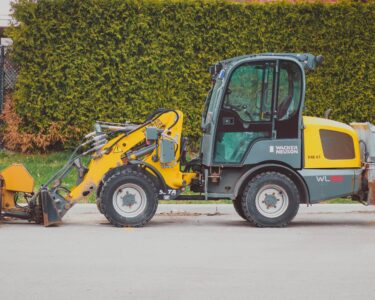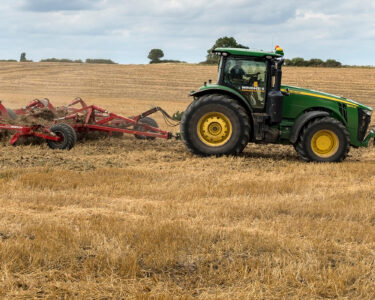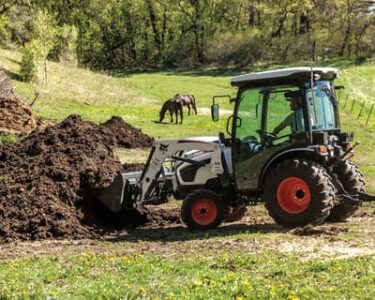More than merely farming tools, tractors serve as global accelerators for rural development and agriculture revolution. In this post, we’ll look at how tractors have influenced agriculture and rural development in various regions of the world, empowering local populations and accelerating growth.
Increased Agricultural Productivity
1. Mechanization of Farming
Tractors have revolutionized traditional, labor-intensive farming methods by automating tasks like plowing, planting, and harvesting. This increased mechanization has led to higher agricultural productivity.
Impact: Tractors have enabled farmers to cultivate larger areas of land and produce more crops, helping meet the growing food demands of local communities and markets.
2. Reduced Labor Dependency
In many rural areas, farming is a labor-intensive endeavor, often relying on the hard work of families and communities. Tractors have reduced this labor dependency, allowing farmers to achieve more with fewer resources.
Impact: Reduced labor needs have opened opportunities for rural youth to pursue education and non-agricultural employment, contributing to human capital development.
Sustainable Farming Practices
1. Conservation Tillage
Tractors equipped with no-till and reduced-till implements have facilitated conservation tillage practices. These methods reduce soil erosion, improve water retention, and enhance soil health.
Impact: Conservation tillage helps maintain the long-term fertility of farmland, ensuring sustainable agricultural production.
2. Precision Agriculture
Tractors integrated with precision agriculture technologies, such as GPS guidance and variable rate technology, enable farmers to optimize resource use, reduce waste, and minimize environmental impact.
Impact: Precision agriculture not only increases farm profitability but also promotes responsible land and resource management.
Access to Education and Healthcare
1. Income Generation
Tractor-assisted farming often generates higher incomes for rural communities, which can be invested in education and healthcare.
Impact: Increased income levels enable families to send their children to school and access better healthcare services, contributing to improved overall well-being.
Poverty Alleviation
1. Income Diversification
Tractors expand farming capabilities, allowing farmers to diversify their income sources. For example, surplus crops can be sold, and non-farm activities can be pursued.
Impact: Income diversification reduces reliance solely on agriculture and helps lift rural communities out of poverty.
Infrastructure Development
1. Improved Rural Roads
Tractors are instrumental in the construction and maintenance of rural roads, which connect previously isolated communities to markets, schools, and healthcare facilities.
Impact: Accessible roads enhance rural development by improving transportation, reducing isolation, and stimulating economic growth.
Conclusion
Tractors have become powerful agents of rural development, transforming agriculture and empowering communities worldwide. They have increased agricultural productivity, promoted sustainable farming practices, provided access to education and healthcare, alleviated poverty, and contributed to infrastructure development. As tractors continue to evolve and reach even the most remote regions, their impact on rural development will only grow, fostering progress and prosperity for communities across the globe.
FAQs
Q1. What is the role of tractor subsidies in rural development?
A1. Tractor subsidies provided by governments can make tractors more affordable for small-scale farmers, encouraging mechanization and contributing to rural development by boosting productivity.
Q2. Are tractors suitable for all types of crops and farming practices?
A2. Tractors can be adapted for various crops and practices, but their suitability depends on factors like the type of soil, crop varieties, and local conditions. Different attachments and implements make tractors versatile.
Q3. How do tractors impact gender equality in rural areas?
A3. Tractors can reduce the physical demands of farming, making it more accessible to women. This can lead to greater gender equality in agriculture and rural development.
Q4. What challenges do small-scale farmers face in accessing tractors for rural development?
A4. Small-scale farmers may face challenges related to the affordability of tractors, access to credit, and the availability of maintenance and spare parts. Addressing these issues is crucial for inclusive rural development.



